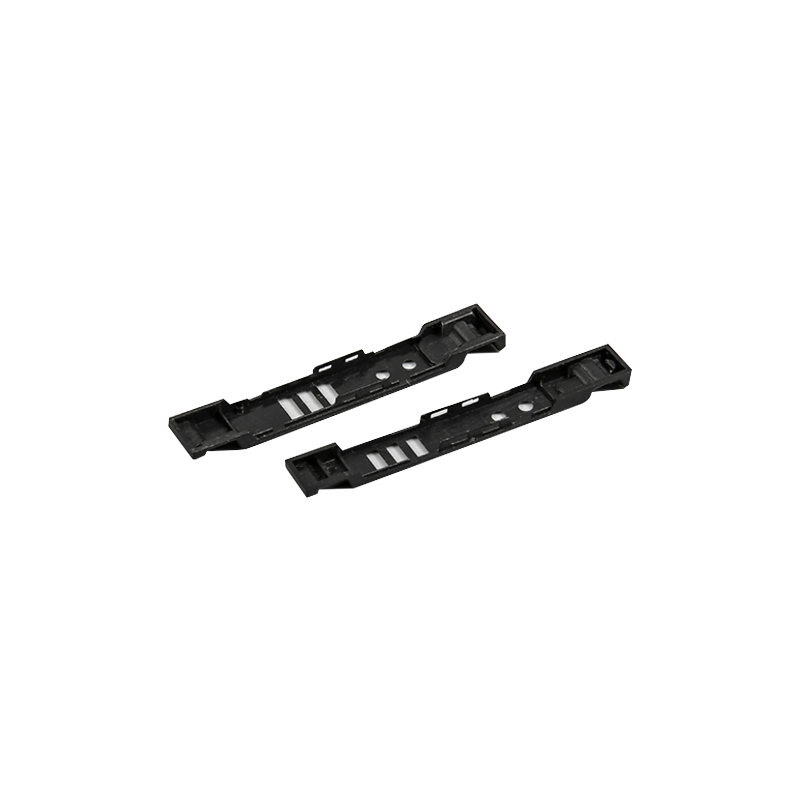There are two main purposes for polishing the mold. One […]
There are two main purposes for polishing the mold. One is to increase the brightness and beauty of the plastic mold. The second is to make the mold easy to demold. When polishing, generally use a coarse whetstone to roughen the surface of the machined mold cavity, and then grind away the marks of the machined tool, and then use a fine whetstone to remove the coarse whetstone to achieve the mark, and then use the fine Sandpaper grinds the surface of the fine oilstone, and then uses polishing paste or abrasive paste to polish the cavity surface of the mold, and finally achieves a mirror-like effect.
In daily life, our common plastic molds have six major polishing methods:
1. Mechanical polishing
Mechanical polishing is a polishing method that obtains a smooth surface by cutting and plastic deformation of the material surface to remove the polished convex parts.Usually, whetstone strips, wool wheels, sandpaper, etc. are used, and manual operation is the main method.Special parts such as the surface of the rotating body can be Use auxiliary tools such as turntables, and those with high surface quality can use the method of super-finishing polishing. Super-precision grinding and polishing is the use of special grinding tools, in the grinding and polishing liquid containing abrasives, it is pressed against the surface of the workpiece to be processed for high-speed rotation. Using this technology, the surface roughness of Ra0.008μm can be achieved, which is the highest among various polishing methods. Optical lens molds often use this method.

2. Chemical polishing
Chemical polishing is to make the microscopic convex part of the material in the chemical medium preferentially dissolve than the concave part, so as to obtain a smooth surface. The main advantage of this method is that it does not require complicated equipment, can polish workpieces with complex shapes, and can polish many workpieces at the same time, with high efficiency. The core problem of chemical polishing is the preparation of polishing solution. The surface roughness obtained by chemical polishing is generally several 10 μm.
3. Electrolytic polishing
Electrolytic polishing is basically the same as chemical polishing, that is, by selectively dissolving tiny protrusions on the surface of the material to make the surface smooth. Compared with chemical polishing, the effect of cathode reaction can be eliminated and the effect is better. The electrochemical polishing process is divided into two steps:
(1) The macro-leveling and dissolution products diffuse into the electrolyte, and the geometric roughness of the material surface decreases, Ra>1μm.
(2) Low-gloss flat anode polarization, the surface brightness increases, Ra<1μm.
4. Ultrasonic polishing
Put the workpiece in the abrasive suspension and put it in the ultrasonic field together, relying on the oscillation of the ultrasonic wave to make the abrasive grinding and polishing on the surface of the workpiece. Ultrasonic processing has a small macro force and will not cause deformation of the workpiece, but tooling is difficult to make and install. Ultrasonic processing can be combined with chemical or electrochemical methods. On the basis of solution corrosion and electrolysis, ultrasonic vibration is applied to stir the solution to dissolve the dissolved products on the surface of the workpiece, and the corrosion or electrolyte near the surface is uniform; the cavitation effect of ultrasonic waves in the liquid can also inhibit the corrosion process and facilitate the surface brightening.
5. Fluid throwing
Fluid polishing relies on the high-speed flowing liquid and the abrasive particles it carries to wash the surface of the workpiece to achieve the purpose of polishing. Common methods are: abrasive jet processing, liquid jet processing, hydrodynamic grinding, etc. Hydrodynamic grinding is driven by hydraulic pressure, so that the liquid medium carrying abrasive particles flows back and forth across the surface of the workpiece at high speed. The medium is mainly made of a special compound (polymer-like substance) that flows through at a lower pressure and is mixed with an abrasive. The abrasive can be silicon carbide powder.
6. Magnetic grinding and polishing
Magnetic grinding and polishing is the use of magnetic abrasives to form abrasive brushes under the action of a magnetic field to grind the workpiece. This method has high processing efficiency, good quality, easy processing conditions and good working conditions. Using appropriate abrasives, the surface roughness can reach Ra0.1μm.